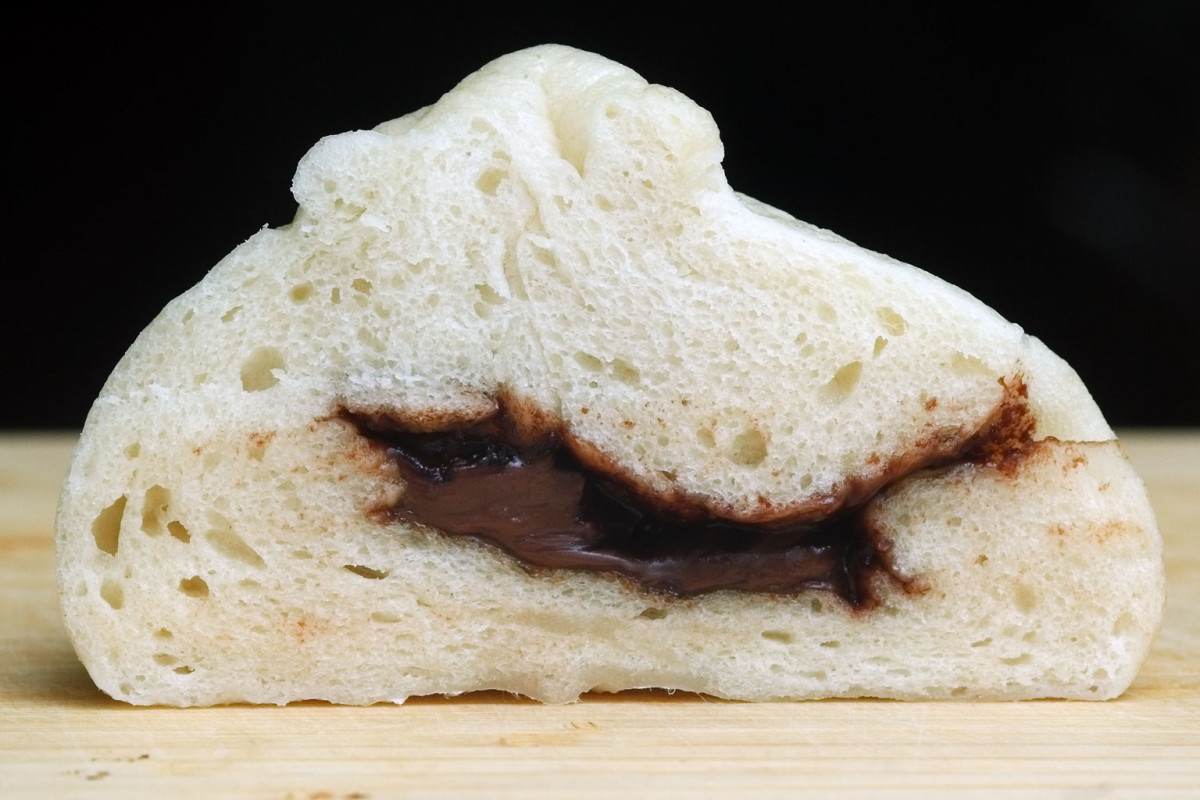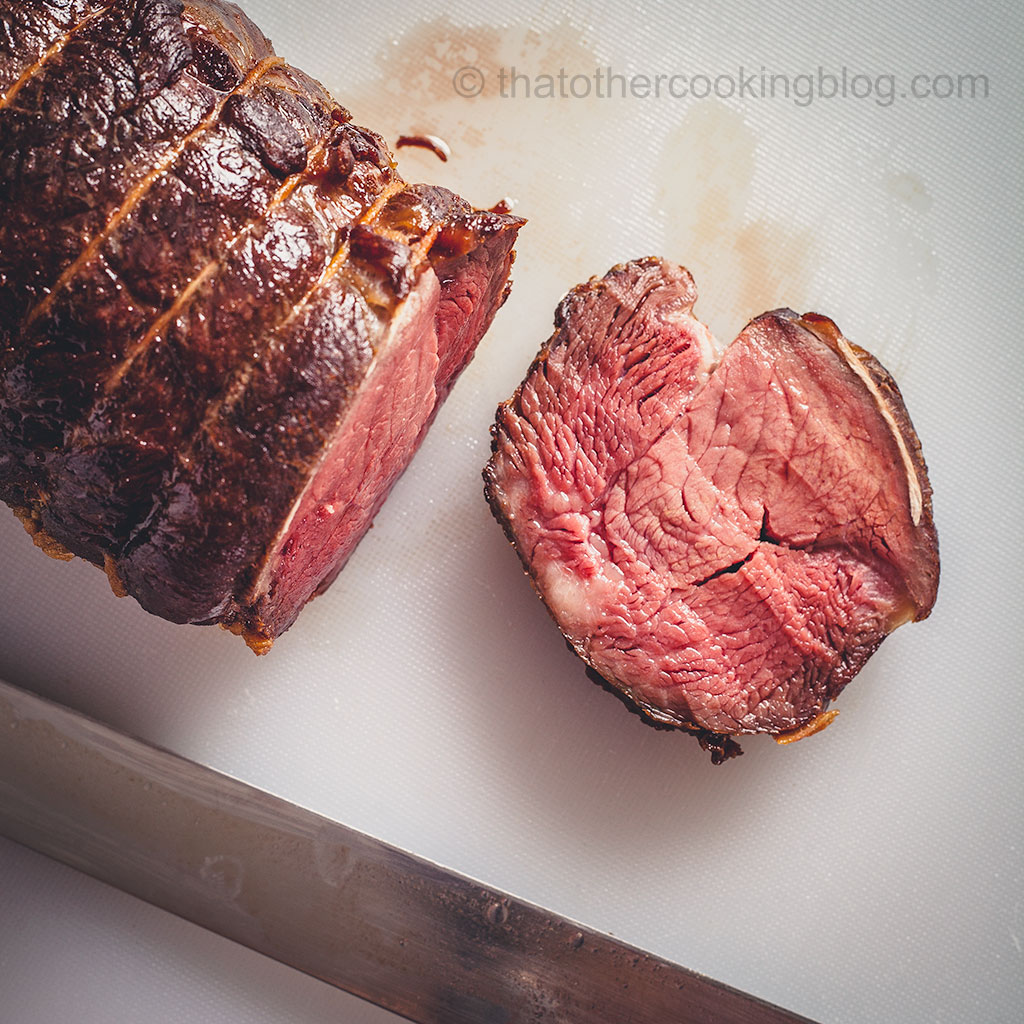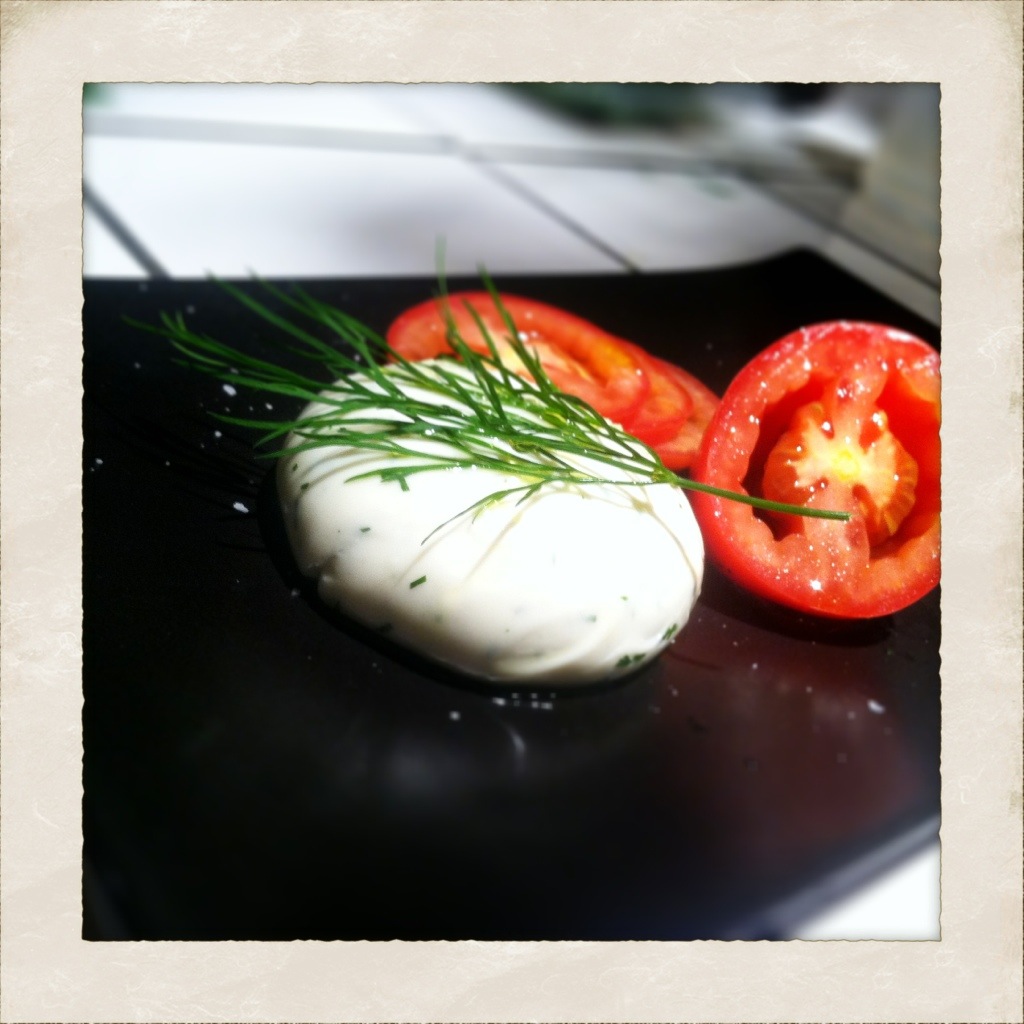
If you want to watch a great movie that revolves around passion for food, watch Big Night, super funny, great music, great cast, all the right ingredients and it’s on Netflix But anyways, I mention it, because I’m watching it it while I am trying to make sense of this post. NyQuil is messing with my brain this evening and is hard not to write more uninterestingly than usual. I want to write about baozi, bread, how similar they are, also about starch, a little bit on gelatinization, baking and of course Nutella. I hope it’s not a total disaster post!
Baozi, love at first sight, eat one, eat them all, but eat them fresh. Do not get the frozen stuff, unless you want to be part of some company’s secret experiment. The dough is spongy, almost cuddly, and sweet, and the fillings are all so very tasty. I decided to make my own. Had nothing better to do and I do have a steaming bamboo basket that has been stored for some time. Time to use!
Also, time to use my oven, which I have recently propped with some bricks I got at home depot and a 1ft square black floor tile (it was like 2 bucks) that I want to try using as a pizza stone. I’ll be baking bread with the same dough.

Gear:
stand mixer with dough hook or your hands
work surface for dusting and shaping dough
rolling pin (smaller one would be ideal)
steaming basket (or any other gadget for steaming, microwave comes to mind)
wet kitchen towels covering the bottom of steaming basket)
400 F preheated oven (for my bread)

The ingredients vary from recipe to recipe, but the common denominators are:
500g flour (AP in most cases)
300g water
8g active yeast
8g salt
16g sugar
The not so common ones:
16g vegetable oil (I omitted this)
8g double acting baking powder (I omitted this)

My omissions were no accidents, the use of baking soda on yeasted doughs are so rare, that I’m almost doubtful they have any effect in improving the baozi’s dough, but I would love to hear otherwise. I left the oil out as well, because I wanted a chewier finish, and a simpler product. Use the oil if you want a more delicate and softer texture. If you’ve ever baked bread, the process for making the dough for baozi is basically the same but let me cover this quickly, although I suggest reading more if you want to get serious about bread baking, the subject is super fascinating and not that easy:
Method:
01: add half the sugar to a 250g of lukewarm water, stir
02: stir in yeast, let stand until foamy, if yeast doesnt foarm, it might be dead, game over
03: in the stand mixer bowl, add flour, salt, rest of sugar and mix for a few secs
04: add the yeasted water to the mixer bowl
05: on low and with the dough hook, mix for 10-15 mins
06: add extra flour (spoonful at a time) until dough isn’t too sticky
07: dough will come together and start beating the sides of the mixer bowl
08: remove from bowl, dust with flour, kneed some more into a ball
09: oil the inside of a bowl with vegetable oil, place dough ball inside
10: cover with wet towel or plastic wrap
11: let rest for about an hour, dough should double in size
12: punch air out of the dough with your hands
13: shape into a ball again
14: place ball inside bowl, oil again if needed, let rest for another hour
15: punch air out of dough and dust with some more flour
16: shape and make the baozi (there are no words to explain how this is done!)
17: stuff them with Nutella! or your filling of choice

Better check out some visuals to get an idea. Shaping the baozi is not for the faint of heart, Take a look at this video on youtube… those are extreme kneading skills right there! Anyways, explains why I only made one and decided to bake the rest of the dough and make bread instead!
Baozi:
01: Let baozi rest 20 min before steaming (they will puff a bit)
02: place baozi inside steamer over wet kitchen towel
03: steam for 15-20 min or until core reaches 200-205 F
04: done



Bread:
01: shape loaf over parchment paper
02: let rest for 10-20 min before baking (loaf will puff a bit)
03: right before sticking in the oven, sharp knife make scoring marks
04: stick in the oven for about 45 mins or until core reaches 200-205 F
05: done

Bread as well as Baozi (which really is bread without a crust) are both, in a very oversimplified way, gels. The starches in the flour hydrate when water is added. In this state, the product remains gooey and pliable, raw. But after heat is applied, via steaming, convection heat… doesn’t matter, when the temperature of the dough reaches nearly boiling point it sets. You’re pretty much done at this point.
Here is a good extract of an article I just read and I hope you can find it as useful as I do:
Temperature During Baking:
“Although the definition of “baked” is considered arbitrary by some, a range in temperature from 93°C to 96°C (200°F to 205°F), at the center of a lean dough at the end of baking, is the generally accepted standard. This is the temperature necessary for the structure throughout the final product to be adequately rigid. For a rich dough, the standard is 82°C to 87°C (180°F to 190°F).
Two processes determine baking temperature. One is the expansion of gas cells, and the other is the coagulation of gluten and gelatinization of starch. Coagulation is described as the aggregation of protein macromolecules into clumps or aggregates of semisolid material. Gelatinization is described as the swelling of starch granules when heated in the presence of water. Too low an oven temperature will cause the dough to expand to its greatest extent before the gluten and starch have had an opportunity to set. The dough will then collapse into a flat, dense mass. Too hot an oven will cause the protein and starch in the outer layers to set too quickly. The crust, prematurely formed, will prevent further expansion.
Lean dough is usually baked at 218°C to 232°C (425°F to 450°F), while rich dough is usually baked at 176°C to 190°C (350°F to 375°F). Rich dough is baked at lower temperatures than lean dough so that the baking process is more gradual and the surface of the dough doesn’t brown before the interior has set. If desired, once the shape of the dough has set and the crust has become firmer, the temperature of the oven can be reduced to allow the crust to thicken as the center finishes baking.
Size matters here as it does in cooking, and opposite strategies are called for to properly bake small and large dough pieces. A small piece must be baked quickly in a hot oven so that the crust can fully form and brown without the crumb becoming dehydrated. A large piece must be baked slowly in a cooler oven so that the crust doesn’t become overly thick and dark before the center of the crumb is adequately cooked”

This was a bit of a messy post, I hope you can get some useful information out of it and if not, at least get excited about baking and trying a few new things in the kitchen. Until next time! Oh, and btw, that black floor tile delivered and so did my 6 bricks. My oven stayed hot and steady. I poured some water over the bricks, nice steamy action. The bread came out really nice. Cheers!
Wanna get more sous-vide cooking guides and cool cooking how-to’s in your mailbox? You know what needs to be done!
We never spam. You should only be getting updates when new content is posted on the site. We also respect your privacy. We don’t share your email address with anyone and you can unsubscribe anytime!





10 comments
Wonderful. I am signing up for the baozi challenge!
that’s actually a great idea! We should come up with a serious baozi challenge 🙂 one that promotes imagination and creativity, mixing of different cuisines, maybe different presentations and shapes, Baozi seem to be super versatile
YES! Great! I know several bloggers and food writers who would be absolutely up for it. BTW, I’m delighted that you are into this … I’ve been looking for bloggers who sign on for interesting food challenges. Have you tried making baozi with a super silky flour like Tipo 00 or even cake flour?
we could work on this idea and flesh it out more if you don’t mind, I don’t care if it’s baozi really as long as it is fun and we can get some learning out of it. I haven’t tried baozi… before my post, so no, but using a nice 00 flour would be interesting, even trying to make them with my current recipe without kneading much, just to see what the texture would be like without much gluten formation! 🙂
Looks really really good!!
thanks Mysterious Someone! 🙂
Looks great, Paul. I haven’t baked bread in a while and really should get back into it. Love the process and and there are few things better than a piece of freshly baked bread. 🙂
thank you John! home made bread is a treat indeed!! and the house smells delicious 🙂